Access/No Access: Ramps or Steps… Or Both?
This is the first in my new series of posts taking a look at bad solutions for accessibility, and hopefully the odd good one, as well.
There are a couple of places in my extended neighbourhood that have created access using both a ramp and steps. One is at a local grocery store
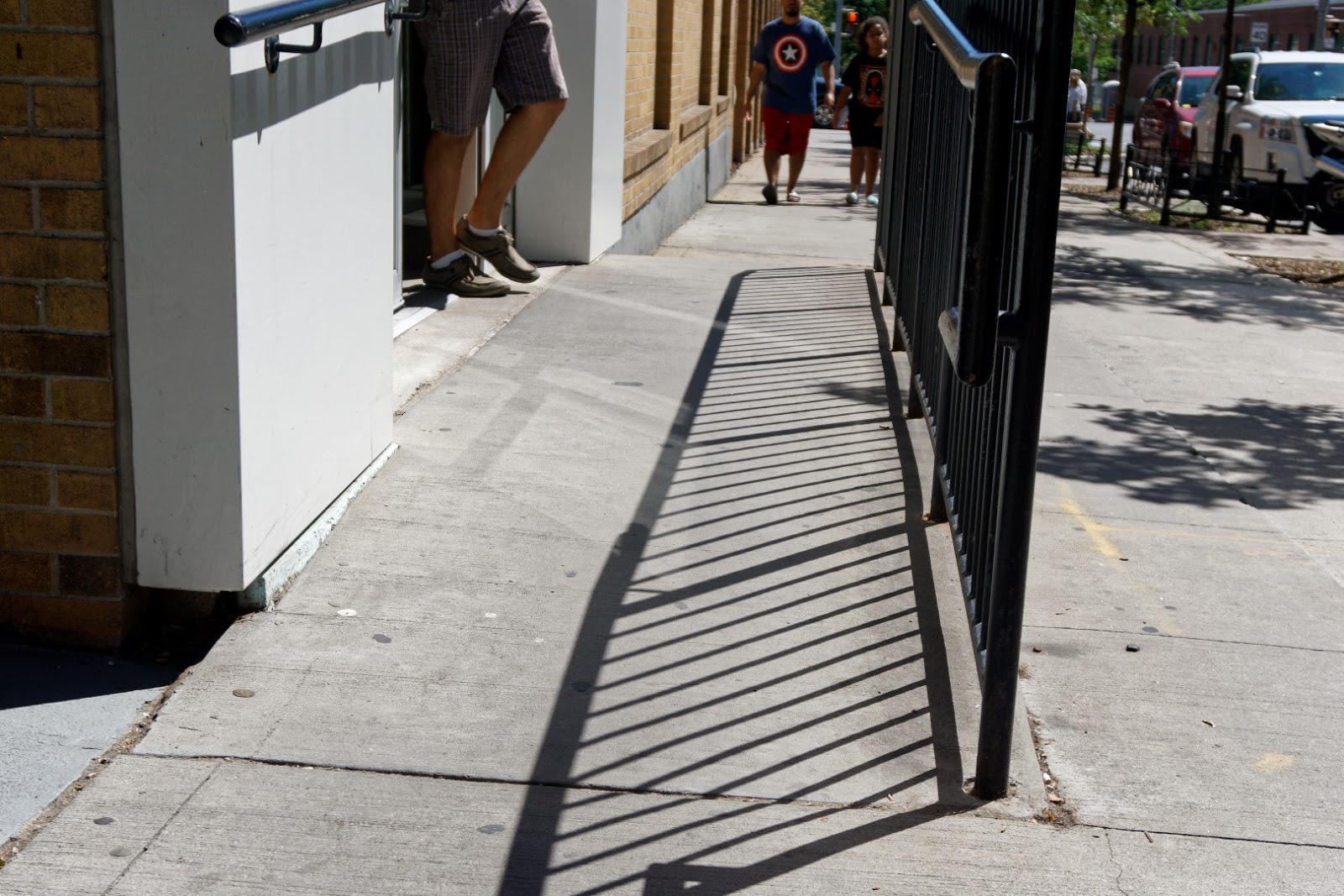
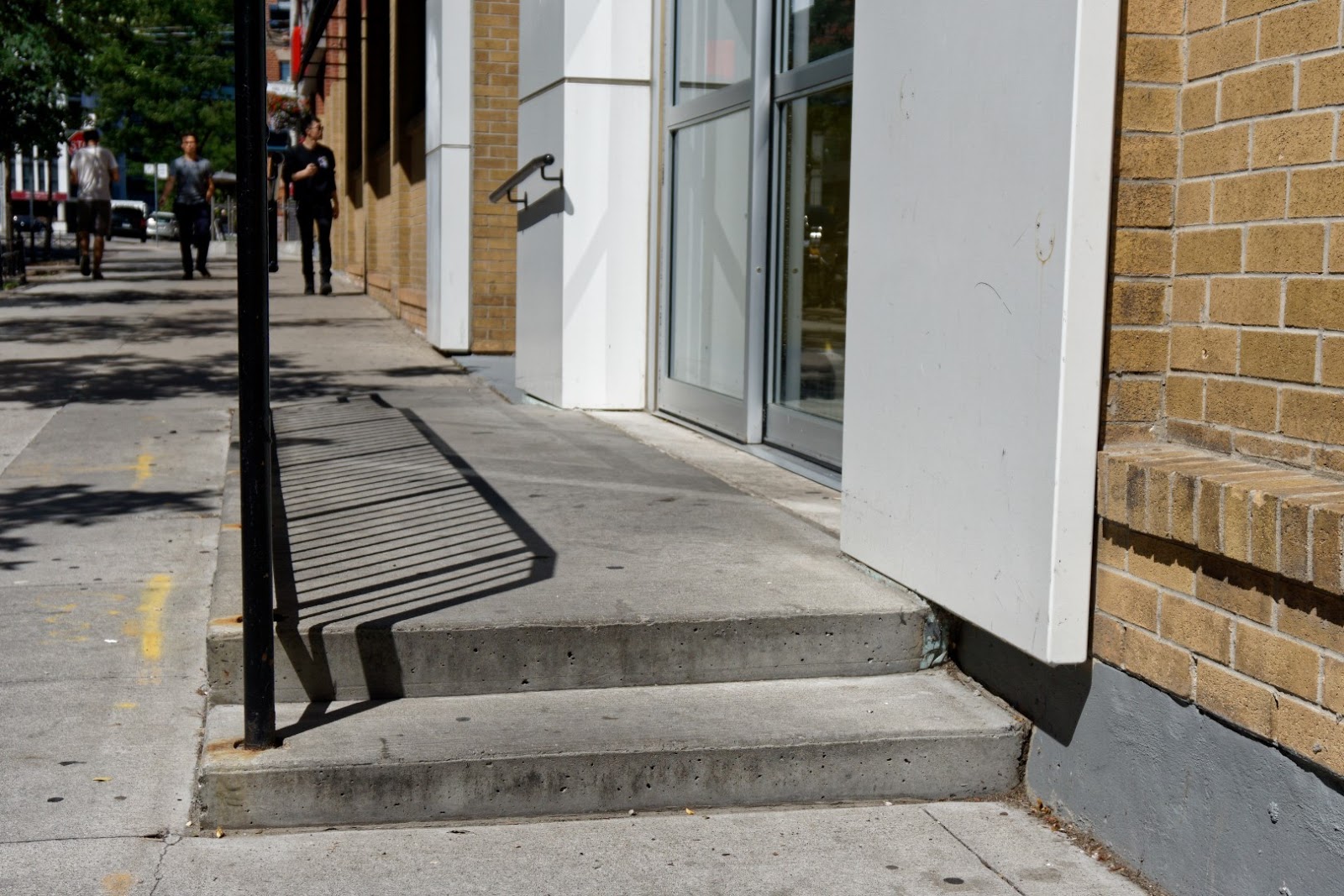
The other is the relatively new design at Harbourfront where access to the walkway close to the water is provided using alternating steps and ramps
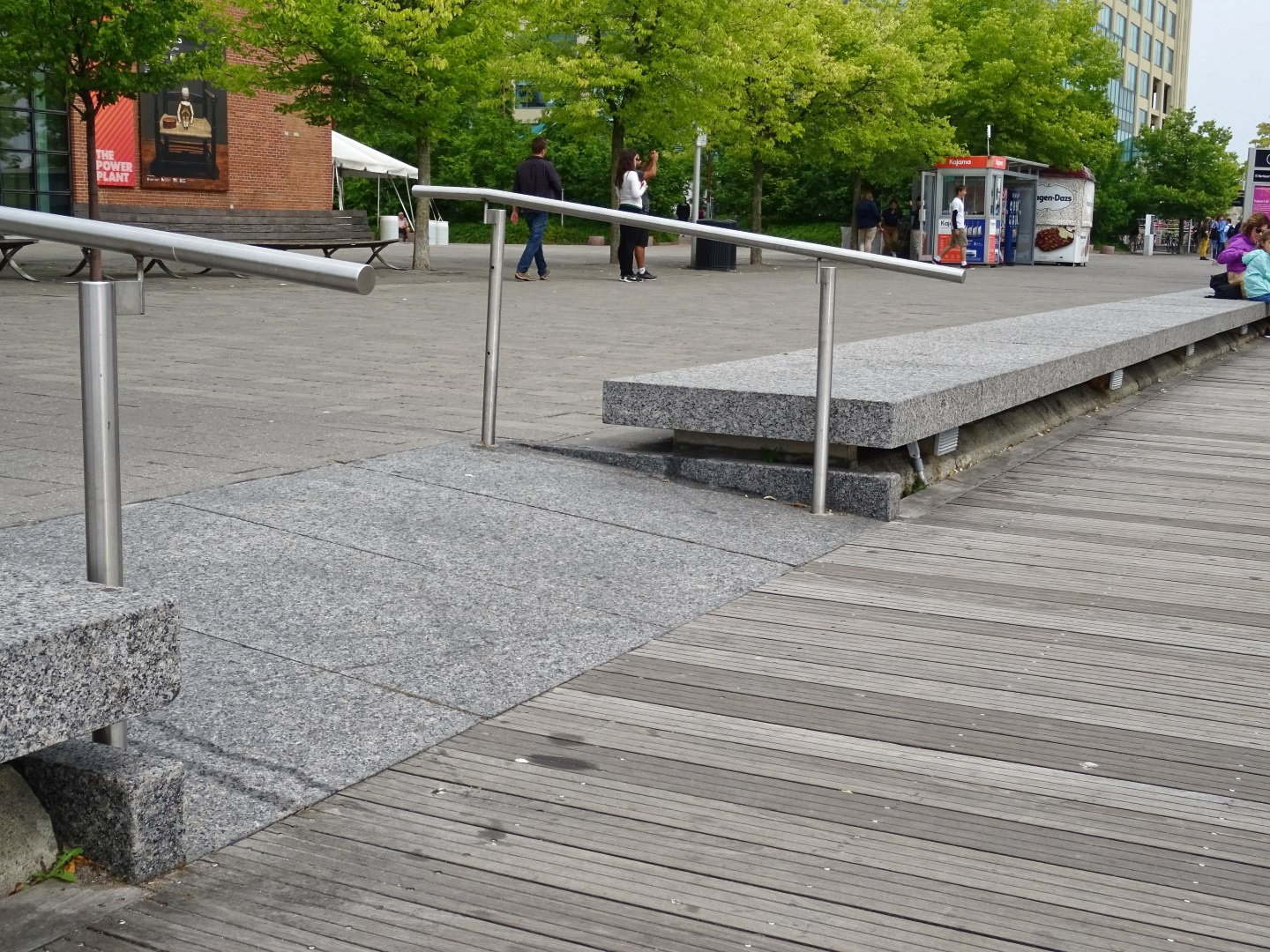
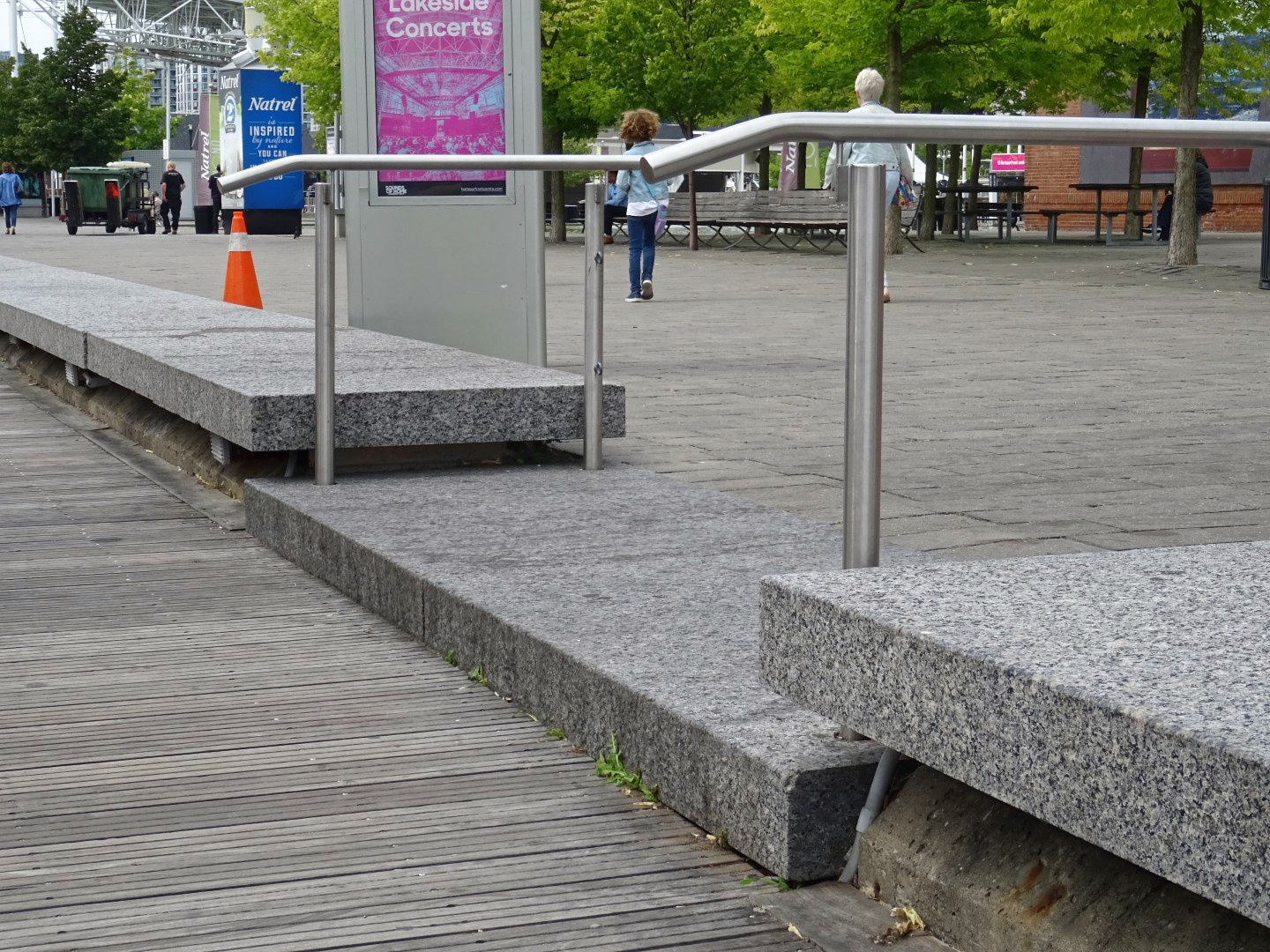
I’m a big fan of the theory of universal accessibility. This philosophy looks at design for the built environment with a view towards making it accessible for as many people as possible, without needing to adapt or create specialized design for people with disabilities. Terrific idea, right? It looks at that the people using the design as one group, rather than a number of specialized groups, some of which may not be included.
One way in which many interpret universal accessibility is to eliminate stairs, instead using gentle slopes in the terrain. Not only does that work for the majority of people, but it also looks good.
So why may you ask, would a design include both a ramp and stairs?
In most cases, it’s probably because the ramp is an afterthought.
Me, cynical? Never!
Okay, maybe sometimes. Unless legislation starts getting firm about it, most design doesn’t really consider people who travel seated (or parents with strollers, or delivery people, or the short or very tall and I could go on). Accessibility, when considered, is usually slapped on with no thoughts for aesthetics. Every other parts of the project will look beautiful, and then there is the ugly, but functional ramp over by the side.
But I digress.
But guess what… Including both steps and a ramp can actually be an element of universal accessibility. You see, most can use a sloped path of access, especially if it’s a gentle one, but not all.
People who have had part of their leg amputated and who use a prosthesis will have a lot of problems on a slope. Prosthetics for ankles and knees are designed to flex at a particular point of pressure and angle. When using a slope, that doesn’t happen. Essentially, someone with a prosthetic leg that includes a knee joint could end up snapping a hamstring if using a ramp.
And that’s why ramps and stairs can end up providing better access to more people. The key here is that it is a well-thought-out plan and that the design shows that through the aesthetics, such as the Harbourfront solution.
2 Comments
Read More
Discover what else I've been writing about...

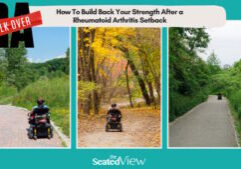














Yes! I tend to walk up ramps, and often prefer to go down stairs. My knee works poorly, doesn't bend well, and I use crutches. Crutches are scary on down ramps. At least for me….
The other reason for steps and ramps is that people who use steps will often make paths or steps where do not exist. Meaning that if steps are not provided we tend to find the shortest “means”, even if the “means” takes more effort. Like stepping up on walls etc. These shorter “means” are often dangerous or makes for unsightly foot paths.
As a person who had to make sure buildings were designed in the best possible way to make them American with Disabilities Act compliant, I can say that it is always a matter of doing the best with what we have. Even if that is unsightly sometimes. But oh when it comes to together good design and functionality, it is magic.